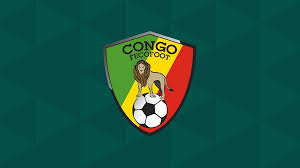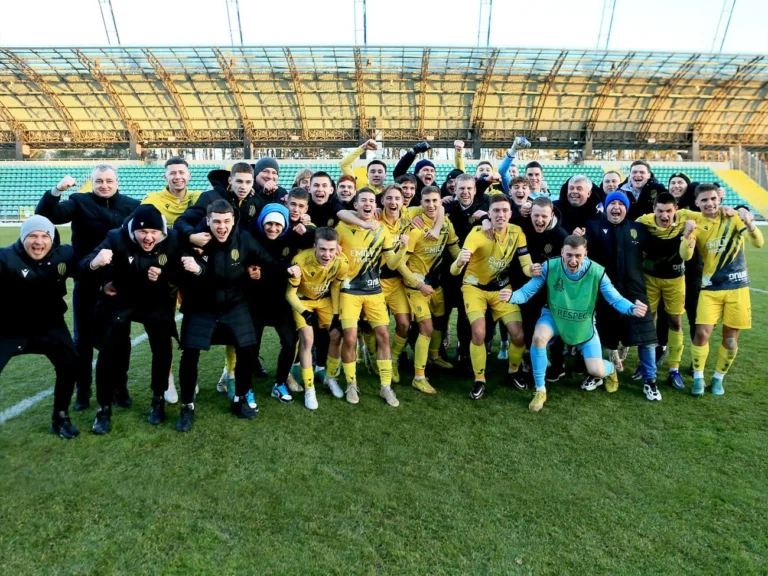
FC Manchester City: A Brief History and Key Achievements
FC Manchester City, a club steeped in rich history and culture, has established itself as one of the leading football teams in not just England, but the world. Known for their attractive style of play, impressive roster, and significant achievements in recent years, FC Manchester City represents the pinnacle of modern football excellence. This article delves into the various facets of the club’s journey, analyzing its historical milestones, key players, tactical evolution, and much more Jun88.
FC Manchester City: A Brief History
The story of FC Manchester City is one of resilience, transformation, and sporting success. The club was founded in 1880 under the name St. Mark’s (West Gorton), later becoming Ardwick Association Football Club in 1887. It wasn’t until 1894 that the club officially adopted the name Manchester City Football Club, marking the beginning of an illustrious journey.
Early Years and Formation
During the late 19th and early 20th centuries, Manchester City began to make a name for itself within English football circles. The club enjoyed relative success in local competitions, winning its first major trophy—the FA Cup—in 1904. This victory marked a turning point, enabling City to gain recognition nationally.
Moreover, it is crucial to highlight the social context during this time. The club not only became a source of pride for the community but also served as a catalyst for social engagement among the working-class population.
The Interwar Period and Post-War Triumphs
In the decades following World War I, Manchester City faced ups and downs. They were relegated from the First Division in 1938 but returned stronger, clinching the First Division title in 1968. This period showcased a dynamic blend of talent and tactics, with influential players contributing to the emergence of City as a formidable force.
One cannot overlook the impact of managerial changes; the arrival of Joe Mercer and Malcolm Allison in the 1960s revolutionized the team’s approach. Their focus on attacking football transformed them into league champions, earning the nickname “The Centurions.”
Decline and Revival in the Late 20th Century
Despite their successes, the latter part of the 20th century saw a decline in form. Financial difficulties and managerial instability plagued the club, resulting in relegation to lower divisions. However, the turn of the millennium ushered in new hope when the club was acquired by Thaksin Shinawatra in 2008, initiating a renaissance.
This acquisition brought substantial investment, allowing for the acquisition of high-profile players and the construction of a new team ethos. The seeds of greatness had been sown, setting the stage for a golden era.
Key Players in FC Manchester City’s Success
Throughout its storied history, FC Manchester City has been graced by numerous legendary figures who have shaped the club’s identity. These players have not only left an indelible mark on the pitch but have also become icons in the hearts of fans.
The Legends of the Past
Historically, players like Francis Lee and Colin Bell embodied the spirit of Manchester City. Lee, known for his speed and finishing ability, scored over 200 goals for the club, while Bell was hailed as one of England’s finest midfielders, leading the team with passion and skill.
- Francis Lee: A prolific forward, Lee was instrumental during his tenure at City in the 1960s and early 1970s. His ability to find the back of the net made him a fan favorite, and he remains one of the club’s all-time greats.
- Colin Bell: Often referred to as “The King of the Kippax,” Bell was a dynamic midfielder who could dictate the tempo of the game. His vision and intelligence set him apart, making him a pivotal component of the club’s success.
Modern Icons
As we transitioned into the 21st century, players such as Sergio Agüero and David Silva began to carve out their legacies at FC Manchester City. Their contributions were instrumental in securing several titles and enhancing the team’s profile in global football.
- Sergio Agüero: The Argentine striker redefined goal-scoring records for Manchester City. With his remarkable finishing skills and knack for vital goals, Agüero is regarded as one of the greatest strikers in Premier League history. His last-minute goal against Queens Park Rangers in 2012 secured City’s first league title in 44 years, etching his name permanently in the club’s folklore.
- David Silva: The Spanish playmaker could weave magic on the pitch with his vision and ball control. Silva’s ability to create opportunities and his understanding of the game significantly contributed to City’s trophy-laden spell from 2011 onwards.
Rising Stars
Today, FC Manchester City continues to nurture new talents who are making their mark in the footballing world. Players like Phil Foden and Riyad Mahrez have quickly emerged as essential components of the squad, showcasing the club’s commitment to developing homegrown talent.
- Phil Foden: A product of the City youth academy, Foden has shown immense potential and maturity beyond his years. His technical skills and tactical awareness make him a bright prospect for both club and country.
- Riyad Mahrez: Arriving from Leicester City, Mahrez has become a key player for the team. His dribbling skills, quick feet, and eye for goal have added a new dimension to City’s attack.
Tactical Evolution of FC Manchester City Under Pep Guardiola
The appointment of Pep Guardiola as head coach in 2016 marked a seismic shift in FC Manchester City’s tactical philosophy. Guardiola brought a unique vision based on possession, pressing, and fluidity, which has taken the club’s performance to unprecedented heights.
The Birth of Possession-Based Football
Guardiola’s style emphasizes controlling the game through ball possession. He encourages his players to maintain composure and circulate the ball patiently, drawing opponents out of shape before exploiting openings.
- Building from the Back: One of Guardiola’s hallmark strategies is playing out from the back. Goalkeepers are tasked with being involved in the build-up play, often playing short passes to defenders to bypass the opposition’s pressing.
- Midfield Dominance: The midfield trio plays a pivotal role in this system with players maintaining triangles to ensure options for passing. This fluid movement allows City to retain possession and dictate the game’s tempo.
High Press and Counter-Pressing
Guardiola’s teams are known for their intense pressing and counter-pressing techniques. After losing the ball, players immediately engage opponents to win it back, demonstrating a relentless work ethic.
- Collective Defense: Every player is tasked with defensive responsibilities, regardless of their position. This communal approach ensures that the team remains cohesive, minimizing vulnerabilities.
- Quick Transitions: When possession is regained, City executes swift transitions with decisive passes to exploit the space left by the opposing defense. This unpredictability makes them a daunting opponent.
Versatility and Player Roles
Under Guardiola, players are required to adopt multiple roles depending on the game situation. The versatility of squad members allows for tactical flexibility, adapting to various formations and strategies.
- Fullbacks as Wingers: Fullbacks are often seen pushing high up the pitch, providing width and crossing options. This strategy stretches defenses, creating gaps for midfielders and forwards to exploit.
- Fluid Forward Line: The attacking unit frequently interchanges positions, keeping defenders guessing. Each forward possesses the ability to score, ensuring that FC Manchester City‘s attacking threat is multifaceted.




